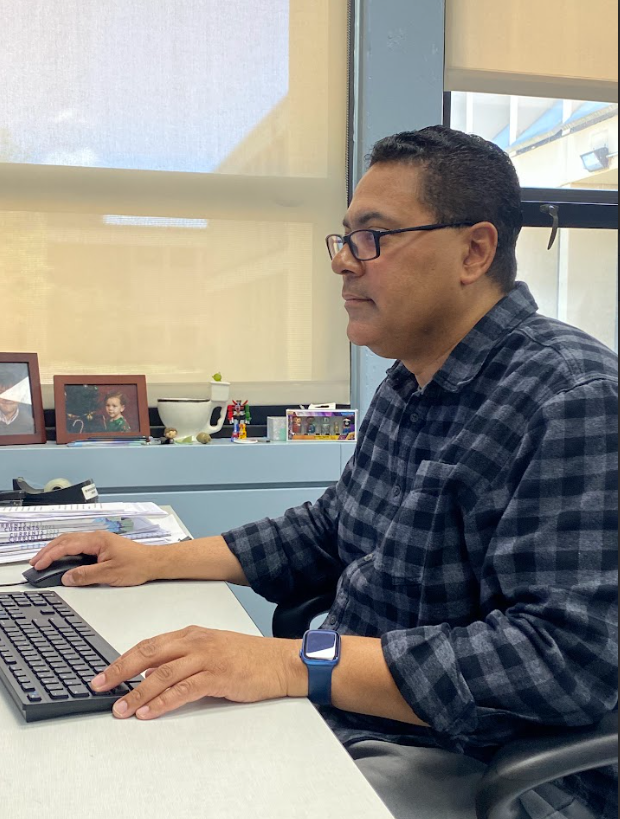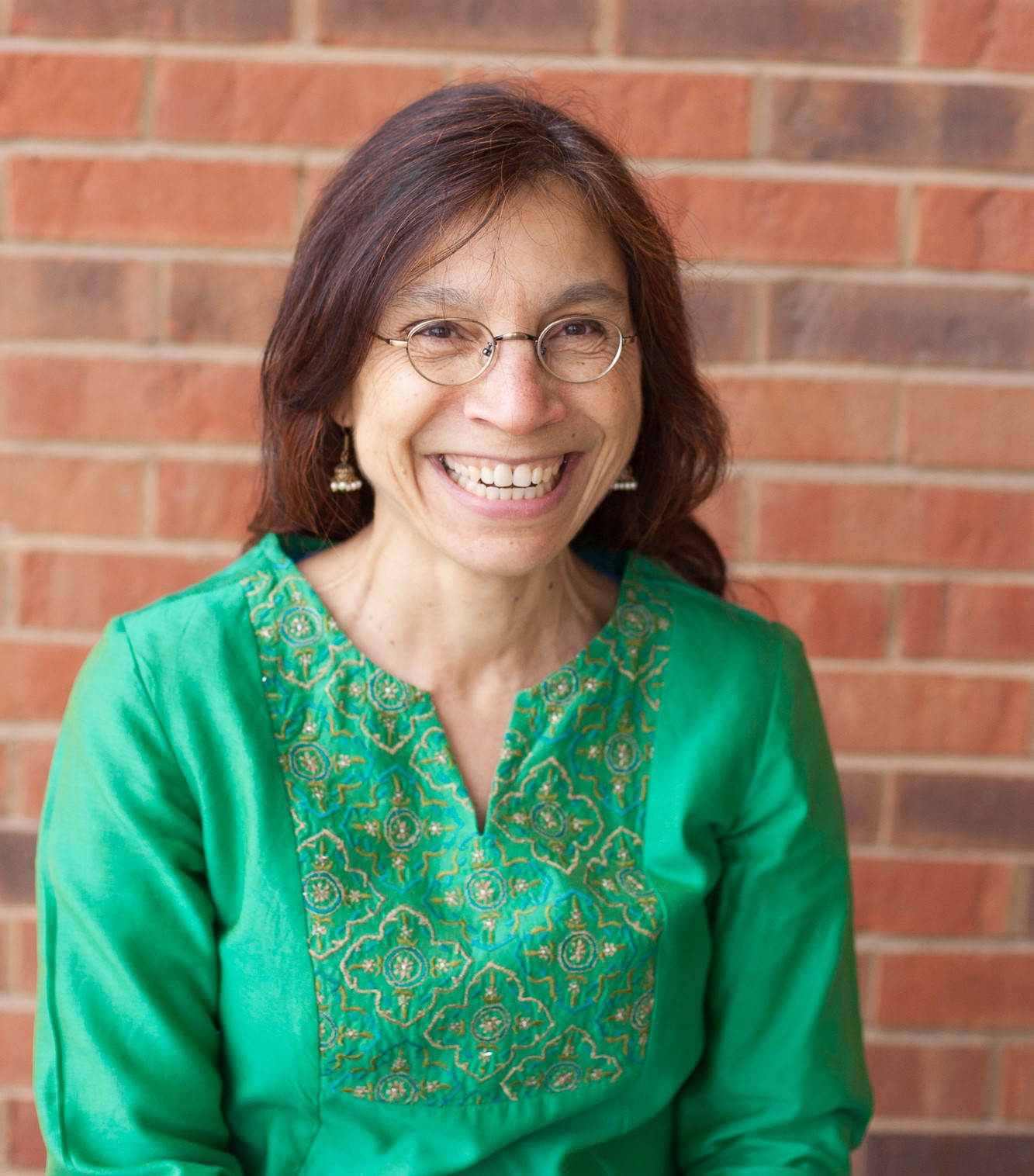These days, stress is high for most students; however, for a student suffering from Seasonal Affective Disorder (SAD), these factors are not the sole cause of stress this time of year.

Shawn Bruce
-Staff Writer –
Julie Wells
– Sr. Copy Editor –
Fall semester finals are closing in. Work is getting hectic because of the holidays. The weather is awful, and traffic is even worse. These days, stress is high for most students; however, for a student suffering from Seasonal Affective Disorder (SAD), these factors are not the sole cause of stress this time of year.
Fatigue and apathy toward school, work and friends increases until withdraw from social activities and an abnormal, even extreme appetite for carbohydrates, and in-turn weight gain, consumes the person. Unfortunately, SAD symptoms, like many symptoms of depression, can be overlooked or attributed to other causes. Anyone who experiences a recurring bout of the blues through cooler months which seems to disappear with warmer weather and increased sunlight may be suffering from Seasonal Affective Disorder.
The Facts:
Seasonal Affective Disorder, also known as SAD, is a form of depression that is believed to be caused by a chemical imbalance in combination with disturbances in the circadian (sleep) rhythm, according to the American Psychiatric Association (APA). The disorder can be found in the Diagnostic and Statistical Manual of Mental Disorders (DSM).
SAD affects people, mostly between the ages of 18 and 30 years old, and is more common in women. In fact, three out of four sufferers are women.
“Women suffer from more depression in general, with the exception of bipolar,” said Vicki Ritts, Ph.D., psychology professor at STLCC-Meramec. Men may be suffering just as much, but due to gender roles, they don’t seek professional help as quickly.
The question then becomes, “How much more are women willing to seek help compared to males?” asked Ritts.
Symptoms:
Symptoms for SAD brought on by lessened sun exposure include depression, anxiety, social withdrawal, difficulty concentrating and appetite changes according to The Mayo Clinic.
The onset of SAD during the winter months is quite common in the United States where approximately half a million people have the disorder. According to the APA’s website, the spring and summer months can also bring about Seasonal Affective Disorder, though it is less common and carries its own set of symptoms. Anxiety, insomnia, poor appetite, increased sex drive and others are among the symptoms for this form of SAD.
The Cause:
According to The Mayo Clinic, SAD is brought on by the body’s biological clock which regulates sleep and the amount of daylight changing through the seasons. In addition, the body’s melatonin and serotonin levels change with the seasons, which ultimately produce changes in mood.
Treatment:
While any and all treatment should be prescribed and regulated by a professional, there are a few options available for treating SAD. Light therapy introduces a patient to a bright light source for a short period of time each day throughout the troublesome season.
Light therapy is also known as “photo-therapy” according to Ritts. The light source simulates summer sunlight, which helps distribute a healthy amount of vitamins and chemicals throughout the body. Another form of light therapy is known as “dawn simulation,” where a dim light turns on in the morning and gets brighter to mimic the sunrise. Light therapy has been shown to work in 85 percent of diagnosed cases, according to Mental Health America, formerly known as the National Mental Health Association.
“A lot of insurance companies will even pay for the photo-therapy,” said Ritts.
Antidepressants can also be used to improve the levels of brain chemicals. The APA lists counseling as another possible treatment for SAD. Sufferers can also be prescribed common depression medications to treat SAD.
As Ritts puts it, “The same antidepressants that you would take for major depression, Zoloft, Prozac and Paxil [are used for SAD treatment].”
Screening is the first step in getting help. For students who routinely experience the symptoms described above, or any symptoms of depression that last for more than two weeks, there is help available on campus. Counselors are available from 8 a.m. to 8 p.m. on Mondays through Thursdays and 8 a.m. to 4:30 p.m. on Fridays in Clark Hall.
The personal counseling section of STLCC’s website offers an important reminder: “Asking for help during vulnerable times is a sign of strength.”











